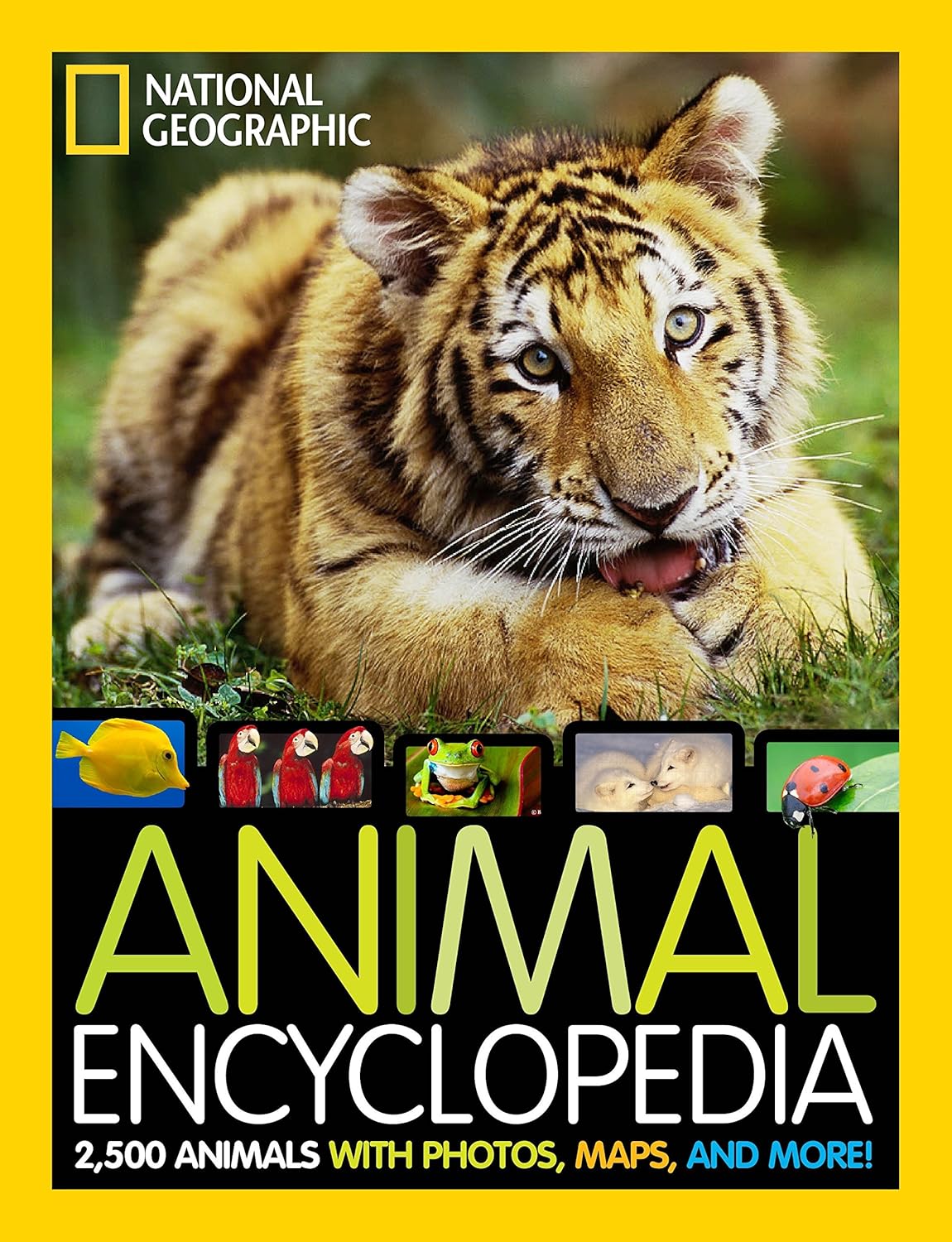About this deal
More immediately, the loss of trees from a forest can leave soil more prone to erosion. This causes the remaining plants to become more vulnerable to fire as the forest shifts from being a closed, moist environment to an open, dry one. The Tahiti reed-warbler ( Acrocephalus caffer) is a songbird found on the Pacific island of Tahiti. It is an endangered species because it has a very small population. The bird is only found on a single island, meaning both its extent of occurrence and area of occupancy are very small. Deforestation also threatens the world’s biodiversity. Tropical forests are home to great numbers of animal and plant species. When forests are logged or burned, it can drive many of those species into extinction. Some scientists say we are already in the midst of a mass-extinction episode. Access-restricted-item true Addeddate 2021-04-17 14:00:37 Associated-names National Geographic Society (U.S.) Boxid IA40089307 Camera Sony Alpha-A6300 (Control) Collection_set printdisabled External-identifier The Siberian sturgeon ( Acipenser baerii) is a large fish found in rivers and lakes throughout the Siberian region of Russia. The Siberian sturgeon is a benthic species. Benthic species live at the bottom of a body of water.
Animal facts for kids | National Geographic Kids Animal facts for kids | National Geographic Kids
The Tahiti reed-warbler is also endangered because of human activity. The tropical weed Miconia is a non-native species that has taken over much of Tahiti’s native vegetation. The reed-warbler lives almost exclusively in Tahiti’s bamboo forests. The bird nests in bamboo and feeds on flowers and insects that live there. As development and invasive species such as Miconia destroy the bamboo forests, the population of Tahiti reed-warblers continues to shrink. Human activity can also contribute to a loss of habitat. Development for housing, industry, and agriculture reduces the habitat of native organisms. This can happen in a number of different ways. Species that are not threatened by extinction are placed within the first two categories—least concern and near-threatened. Those that are most threatened are placed within the next three categories, known as the threatened categories—vulnerable, endangered, and critically endangered. Those species that are extinct in some form are placed within the last two categories—extinct in the wild and extinct.Mt. Kaala cyanea trees survive in tropical nurseries and botanical gardens. Many botanists and conservationists look forward to establishing a new population in the wild. A species is classified as endangered when there are fewer than 2,500 mature individuals. When a species population declines by at least 20 percent within five years or two generations, it is also classified as endangered. Biodiversity is a term used to describe the enormous variety of life on Earth. It can be used more specifically to refer to all of the species in one region or ecosystem. Bio diversity refers to every living thing, including plants, bacteria, animals, and humans. Scientists have estimated that there are around 8.7 million species of plants and animals in existence. However, only around 1.2 million species have been identified and described so far, most of which are insects. This means that millions of other organisms remain a complete mystery. A critically endangered species’ extent of occurrence is less than 100 square kilometers (39 square miles). A critically endangered species’ area of occupancy is estimated to be less than 10 square kilometers (4 square miles). The brown pelican was taken off the endangered species list in 2009, for instance. This seabird is native to the coasts of North America and South America, as well as the islands of the Caribbean Sea. It is the state bird of the U.S. state of Louisiana. In 1970, the number of brown pelicans in the wild was estimated at 10,000. The bird was classified as vulnerable.
Zoo - National Geographic Society Zoo - National Geographic Society
Captive herds are now kept in protected areas of Tunisia, Senegal, and Morocco. Scimitar-horned oryxes are also found in many zoos.Monoculture, the agricultural method of growing a single crop, can also reduce genetic variation. Modern agribusiness relies on monocultures. Almost all potatoes cultivated, sold, and consumed, for instance, are from a single species, the Russet Burbank. Potatoes, native to the Andes Mountains of South America, have dozens of natural varieties. The genetic variation of wild potatoes allows them to adapt to climate change and disease. For Russet Burbanks, however, farmers must use fertilizers and pesticides to ensure healthy crops because the plant has almost no genetic variation. Probability of extinction in the wild is at least 20 percent within 20 years or five generations, whichever is longer. The San Diego Zoo, in southern California, is the largest zoo in the United States. It is a suburbanzoo that houses more than 4,000 animals (800 different species) in its 0.4 square kilometers (100 acres). Landscape immersion divides animals into their natural habitats, such as the tundra (with reindeer and polar bears) or bamboo forest (featuring pandas.) The San Diego Zoo also includes a wild animal park, which is even more expansive (almost 8 square kilometers or 2,000 acres.)
 Great Deal
Great Deal 